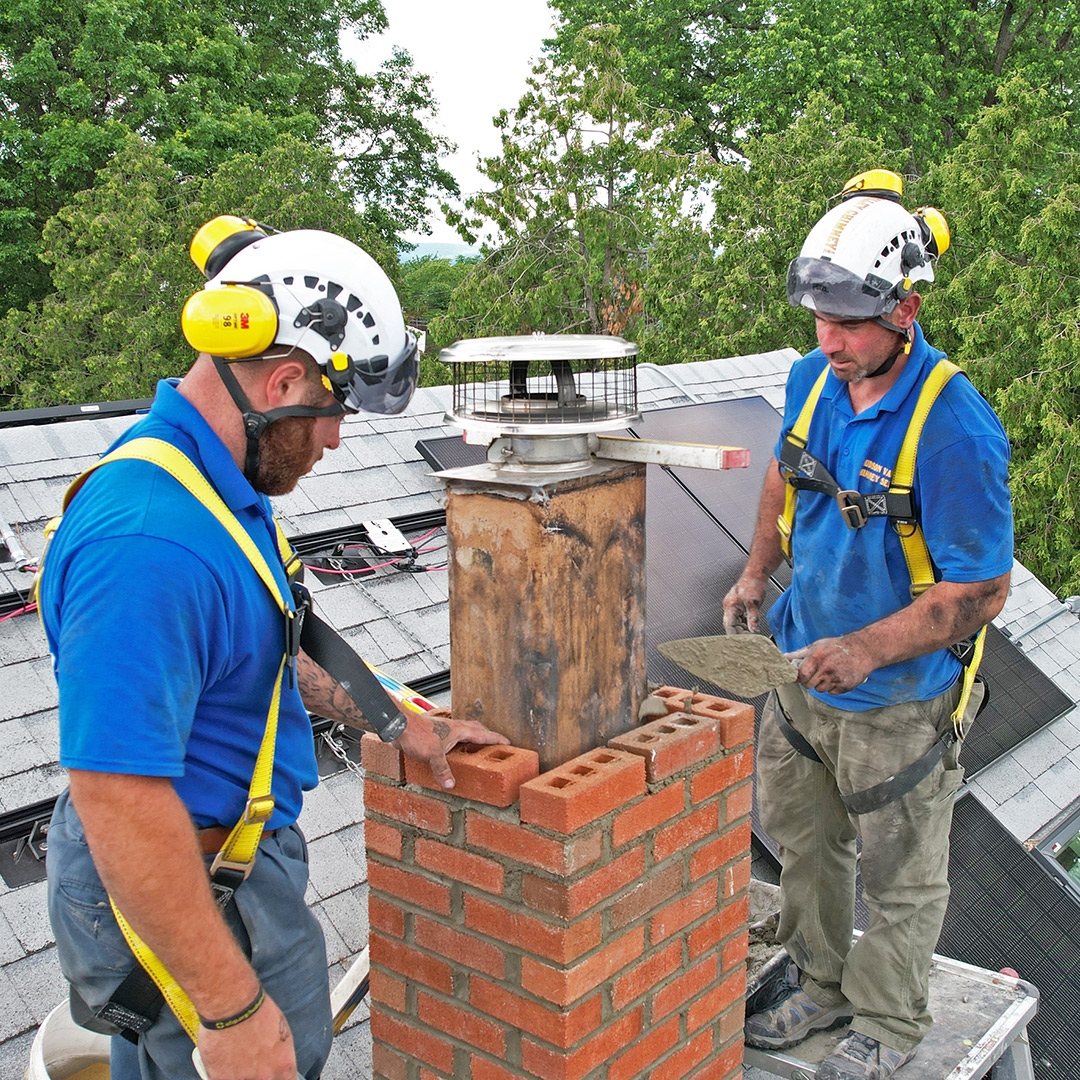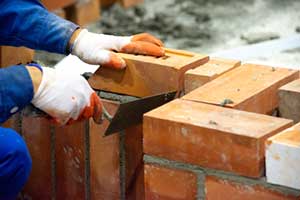Opening the Tricks of Sustainable Stonework Building And Construction Practices for Eco-Friendly Buildings
Amongst the myriad techniques to environmentally friendly building, lasting stonework building stands out as a time-tested and long lasting method that holds a riches of untapped potential. From the choice of products to innovative building strategies, the secrets to accomplishing sustainability within stonework building and construction are diverse and interesting.
Advantages of Lasting Stonework Building
Accepting sustainable masonry construction techniques not just decreases environmental impact yet likewise offers long-term financial advantages to building contractors and areas. By using materials like recycled blocks, blocks, and stones, builders can significantly lower the carbon footprint of their projects while advertising resource efficiency. In addition, sustainable masonry building and construction methods, such as appropriate insulation and thermal mass buildings, can boost energy performance within buildings, leading to lowered operational costs gradually.
Furthermore, the resilience and resilience of masonry frameworks add to lasting financial advantages. Buildings constructed making use of lasting masonry methods frequently need less maintenance and fixing, converting to cost financial savings for home builders and homeowner. The long life of stonework materials likewise makes certain that frameworks remain secure and secure, decreasing the demand for frequent remodellings or replacements.
Eco-Friendly Masonry Products
Utilizing green stonework products is an essential action in the direction of boosting the sustainability of building and construction techniques and lessening environmental impact while optimizing lasting economic benefits. Lasting masonry materials are sourced, generated, and used in a manner that decreases overall ecological effect. Lasting concrete obstructs integrate recycled accumulations and may feature better insulation residential or commercial properties, adding to energy effectiveness in buildings.
Moreover, all-natural products like adobe, rammed planet, and straw bundles supply superb thermal mass residential properties, minimizing the demand for heating and cooling power. These materials are typically locally available, promoting regional economic situations and minimizing transportation-related carbon emissions. By choosing eco-friendly masonry materials, building jobs can substantially lower their environmental impact and contribute to the development of much healthier, extra sustainable built environments.
Energy-Efficient Stonework Methods
Power performance plays a critical function in improving the sustainability of stonework building methods. By carrying out energy-efficient masonry methods, builders can considerably minimize the overall power consumption of a building, bring about reduced functional costs and a smaller ecological footprint. One vital energy-efficient masonry method is the use of read here thermal mass, which includes including dense products like concrete or brick right into the building's structure to take in and store warmth. This aids regulate indoor temperature levels, decreasing the need for mechanical home heating and cooling down systems.

Advancements in Sustainable Stonework
Recent improvements in sustainable masonry techniques have actually caused ingenious techniques that are improving the construction sector. One such advancement is the development of self-healing concrete, which utilizes germs installed within the concrete to recover cracks autonomously. This development not only minimizes upkeep prices yet also enhances the durability of stonework frameworks, adding to their sustainability.
Another noteworthy development is using recycled accumulations in masonry building - masonry contractor. By including materials such as crushed ceramic waste or recycled glass into concrete blends, home builders can minimize the ecological effect of building projects while maintaining structural integrity. This method not just draws away waste from garbage dumps but likewise preserves all-natural sources, making it a key development in lasting masonry building and construction
Moreover, the combination of electronic design devices, such as Building Information Modeling (BIM), is changing the method stonework frameworks are intended and built. BIM permits even more accurate calculations, reduced material wastage, and enhanced power effectiveness, eventually resulting in even more lasting building you can try here methods. These technologies collectively signify an appealing future for sustainable masonry building in the era of eco-friendly structures.
Future Trends in Masonry Sustainability
With the innovative strides made in sustainable masonry methods, the future patterns in stonework sustainability are positioned to additional reinvent the building and construction sector. One of the vital patterns shaping the future of stonework sustainability is the raised combination of innovation. Advancements such as Building Information Modeling (BIM) and virtual fact simulations are being utilized to enhance stonework building and construction procedures, causing decreased product waste and improved power effectiveness in structures.
Moreover, the development of unique sustainable materials is set to play a significant duty in boosting the eco-friendliness of masonry construction. masonry contractor. Innovations like self-healing concrete, recycled aggregates, and bio-based binders are getting traction for their capacity to minimize environmental influence while maintaining structural integrity

Conclusion
To conclude, sustainable masonry construction practices provide various advantages for environment-friendly buildings. By using environmentally friendly materials and energy-efficient strategies, stonework can add to an extra lasting constructed environment. Innovations in lasting masonry are constantly being created to additionally enhance the ecological performance of buildings. Looking towards the future, the pattern of masonry sustainability is expected to expand, leading to more environmentally pleasant and energy-efficient building and construction methods in the years to come.